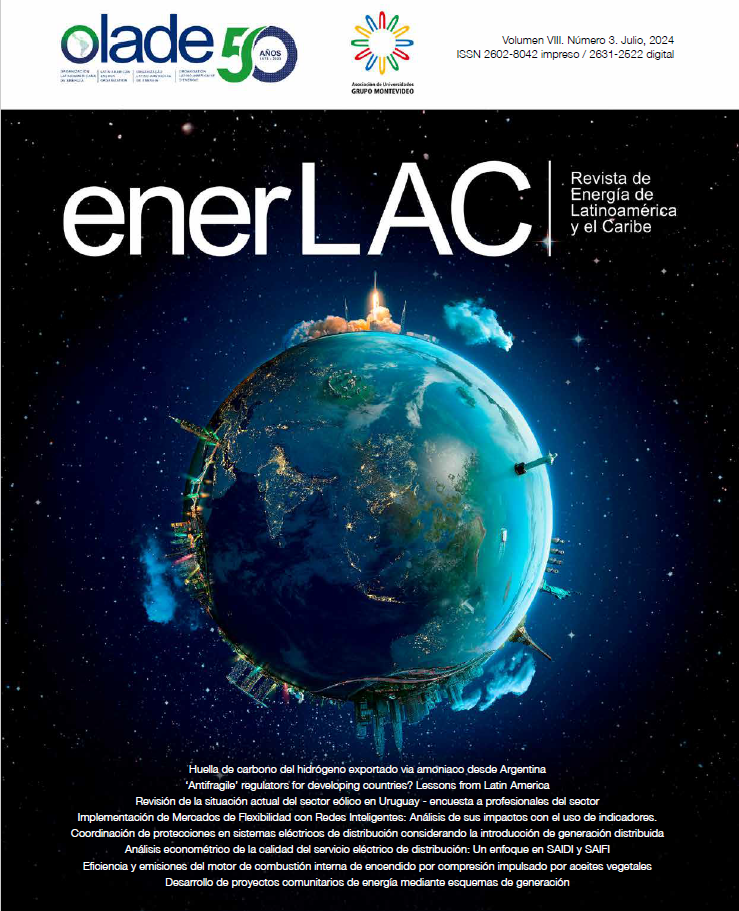'Antifragile' regulators for developing countries? Lessons from Latin America
Main Article Content
Abstract
In this essay, we discuss the past design and potential future(s) of regulatory agencies of infrastructure sectors in developing countries, with a focus on Latin America, their role after some privatizations were reversed, and the new challenges that will emerge soon for infrastructure regulation due to technical change. Regulatory agencies were introduced in Latin America, Africa, Asia, and Post Socialist countries when a privatization wave was pervasive since 1990. The paradigm of the time was private provision plus public regulation and supervision in the hands of new independent agencies. We present the 1990s paradigm, discuss its specifics in the developing world, study success and failure, and seek to understand new goals and functions of infrastructure regulation (electricity, natural gas, water, and sanitation). We suggest that the regulator’s independence must be guaranteed by design and have a certain "antifragility" to overcome the strong political and economic instability shocks typical of countries in the Latin American region and others in the developing world.
Article Details

This work is licensed under a Creative Commons Attribution-NonCommercial-NoDerivatives 4.0 International License.




